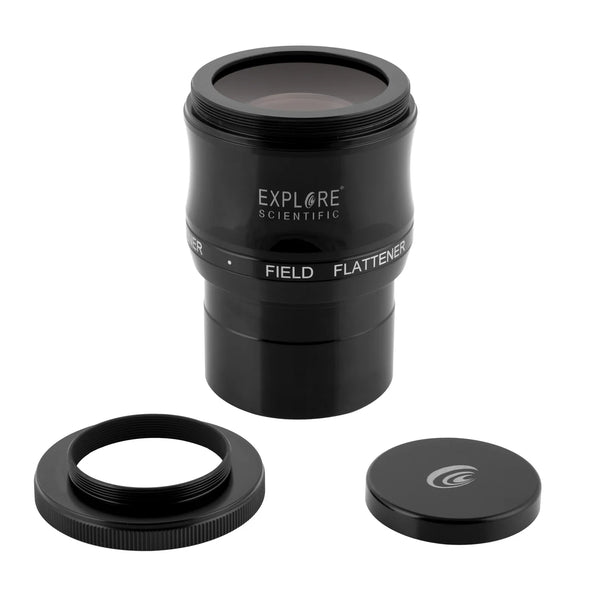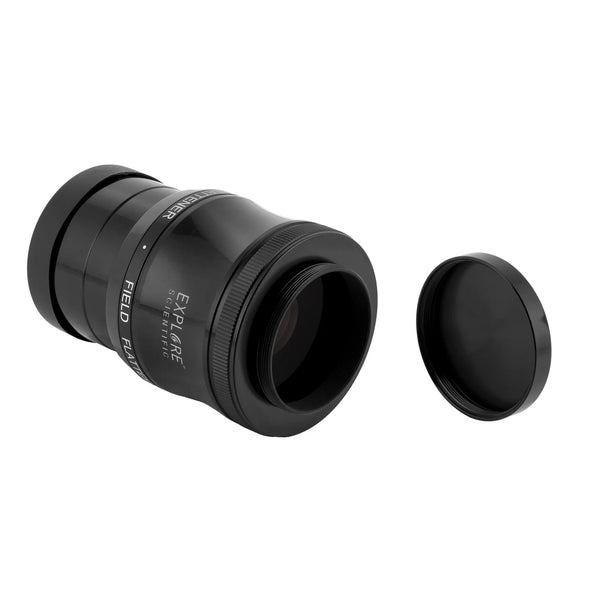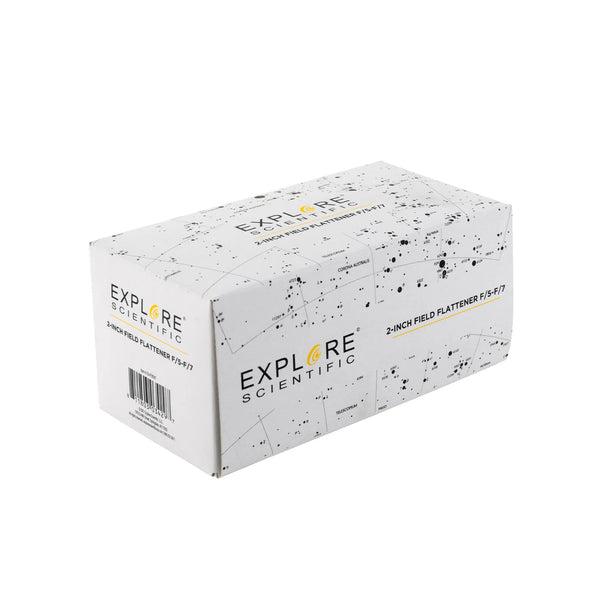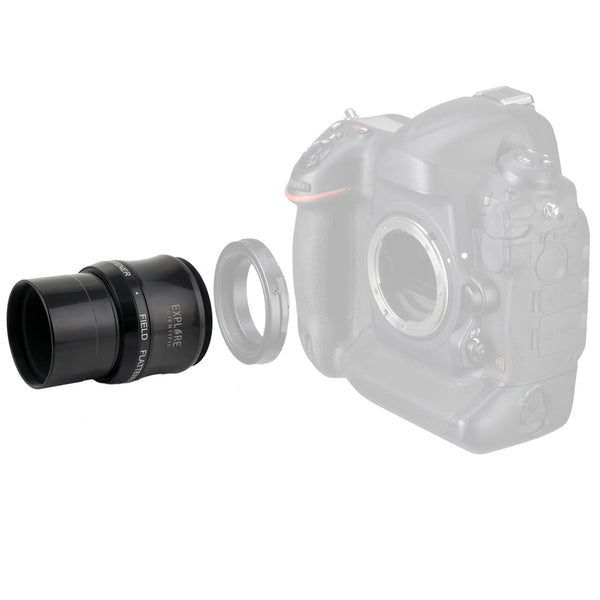











Why Purchase from All-Star Telescope?
Free Expert Support
Whether you are a first timer needing help with setting up or an enthusiast that can't quite make that one thing work, our expert staff are ready to support your needs. With decades of knowledge and first hand experience we've been there and we can help you through it!
Stress Free, Secure Transactions
You can trust purchasing and delivery with All-Star Telescope. All of our transactions are 100% secure and Level 1 PCI DSS compliant thanks to Shopify's ShopPay platform. For additional protection, we insure 100% of the value of every shipment we make. If it get's lost during shipment, we replace it. If it gets damaged during shipment, we replace it. We make sure your product arrives exactly as you would expect it to; we promise.
We also ensure privacy protection. We never keep any of your credit card information on file and any of your personal data is stored according to our policies.
30 Day Return Policy
Buy with confidence knowing that we accept returns up to 30 days after purchase. We want you to have something you will actually use and we are confident that we keep good quality products in our store with No Junk.
Price Match Promise
Shipping around for the best price is tough, we make it easier by offering the best pricing in the market. But if you find a better price on an in-store item somewhere else we will match it!
Product Description
When doing astrophotography with refractor-type telescopes, the faster the focal ratio the more field curvature becomes a problem. Field curvature will appear in the corners of astrophotographs, making the stars smear perpendicular to the axis of the image. This is called coma -- coma is Latin for comet, because the stars look like comets. The more the curvature, the closer to the center the coma appears. The larger the sensor, the worse the coma.
Astrophotographers can easily correct the coma by using a field flattener – an optical device that goes between the telescope and the camera. Field fatteners are not interchangeable, because these devices are designed to work with a small range of focal ratios.
The Explore Scientific field flattener is designed to work with telescopes with focal ratios between f/5 and f/7. Our device requires 55 mm (+/-2 mm) of spacing between the back of the device and the camera sensor.
NOTE: This device is for photographic use only. It is NOT intended for visual use.

